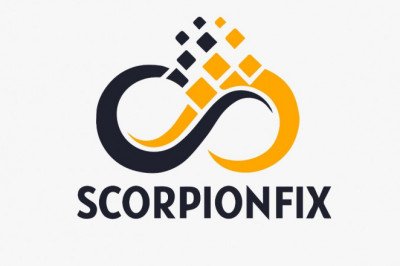views

Overglazing process
It is a surface processing process after printing, also known as printing over-glue, printing lamination or post-printing film, refers to the use of a laminating machine to cover the surface of the printed product with a layer of 0.012-0.02mm thick transparent plastic film, and the formation of a paper-plastic combination of product processing technology.
Oiling process (varnish, matt oil, UV varnish)
It is a colourless and transparent coating (varnish) applied (or sprayed or printed) to the surface of the printed material, which, after levelling, drying and calendering, forms a thin and uniform transparent and shiny layer on the surface of the printed material. Varnishing includes full varnishing, partial varnishing, glossy varnishing, matt (matte) varnishing and special paint varnishing.
Polishing process
The buffing process is carried out on two units: varnishing and hot pressing. The print is first coated with varnish on an ordinary varnishing machine, then after drying it is hot pressed through the stainless steel belt of the calender, after cooling and stripping, so that the surface of the print forms a mirror reflection effect and a high gloss is obtained.
Reverse UV process
Reverse varnishing is relative to the traditional partial varnishing. It enables the same print to have both a mirror-like high-gloss effect and a matt or linen-like non-high-gloss effect, creating a stronger contrast in brightness and making the varnish more effective. At the same time, because the non-glossy areas are printed by offset, the overprinting is very accurate and the printing accuracy of the high-gloss areas is guaranteed.
Embossing process (refractive, deep embossing, full plate)
A post-processing process in which the paper is pressed by the printing cylinder and the embossing cylinder, and various patterns appear on the surface of the product (making the surface of the product appear uneven with various shapes of patterns).
Hot stamping process
A process in which a metal foil is transferred to the surface of a print or other item by heat pressing to add a decorative effect.
Cold foil stamping
A process of transferring metal foil onto the surface of a print or other object for decorative effect without heating, only by pressure and the force of bonding and peeling.
Rubbing gold process
Is a certain paste printed with a good word or pattern, while it is not dry to put on the gold metal powder allowed to adhere, the excess powder wipe away, showing the gold text or pattern of the process.
Rolling gold process
It is applied to the edges of various books, firstly with a good paste, and then before it dries with a golden metal powder that is allowed to adhere, presenting a golden text or pattern.
Striking process (embossing, concave, Braille, relief)
It is a special technology in the finishing process of the printed surface, which is applied to the Yin (concave), Yang (convex) mould, with mechanical action to apply pressure beyond the elastic limit of the printed substrate, in the printed surface for artistic processing. This enhances the three-dimensionality of the printed image.
Screen Printing Process
This includes UV frosting, UV ice flower, UV foam, UV wrinkles, UV letterpress, UV refraction, UV jewel, UV light solid colour ink, UV varnish and other UV processes. On the surface of the substrate with metallic mirror luster, UV ink is printed on the surface by means of screen printing process, and after the UV drying equipment light treatment, a unique visual effect is produced, which looks elegant, solemn and noble. The product is mainly used for high-grade, exquisite and chic packaging printing of cigarettes, wine, cosmetics, health products, food and medicine.
Die-cutting process
This is the process of cutting the paper into a certain shape on a die-cutting machine by lining up a die with a steel knife (or carving a die from a steel plate).
Perforation process
The diameter of the holes is larger and the number of holes is smaller, there are two ways of punching, manual and machine, each punching action can penetrate more than one sheet of substrate of a certain thickness.
Creasing process
A process in which a steel wire is used to make marks on the paper by embossing, or to leave grooves for bending.
Wuxi Meishang provides high-quality cosmetic packaging products for our customers, welcome to contact us, visit https://www.mshar-pack.com/ or call +86 177-1238-8813.











